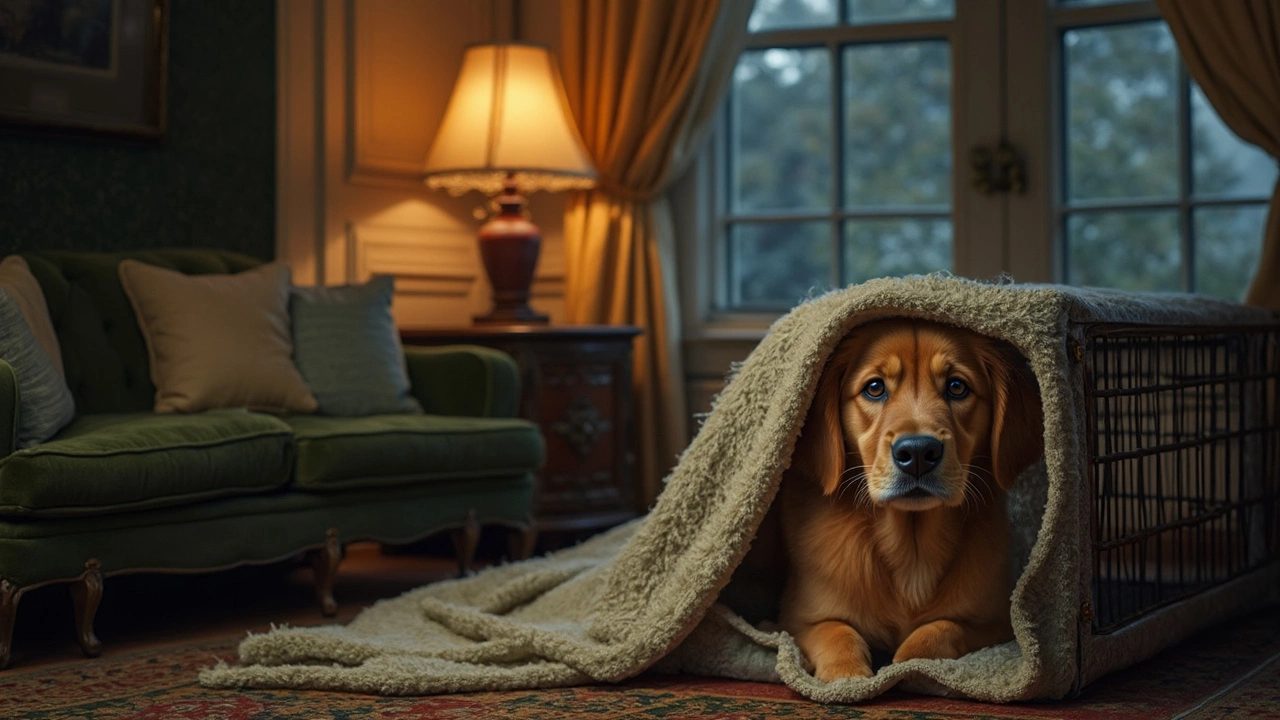Crate Training: Practical Tips for a Calm Puppy
Crate training doesn’t have to be a headache. Think of the crate as a mini‑home where your pup can relax, feel safe, and learn good habits. When you get the basics right, the crate becomes a tool for house‑training, travel, and quiet time – not a punishment.
Why Use a Crate?
Dogs are natural den lovers. A crate taps into that instinct, giving them a personal space they can claim. It also helps you manage their behavior when you’re not able to watch them 24/7. A well‑trained pup will go to the crate voluntarily, which makes vet visits, holidays, and house‑cleaning far less stressful.
Key Crate Training Steps
1. Pick the right size. The crate should be big enough for your puppy to stand, turn around, and lie down comfortably, but not so big that they can use one corner as a bathroom.
2. Make it inviting. Add a soft blanket, a chew‑safe toy, and maybe a piece of clothing that smells like you. Keep the door open at first so the puppy can explore without feeling trapped.
3. Use meals to create a positive vibe. Feed breakfast or dinner inside the crate. The smell of food will build a happy association and encourage the pup to step inside on their own.
4. Short, happy sessions. Start with 5‑minute bursts, gradually increasing to an hour. Praise every time they go in, and never force them.
5. Close the door during naps? Here’s where the common question pops up: should you shut the crate door when your puppy naps? The short answer is yes, if the puppy appears relaxed and settled. Closing the door reduces distractions and helps them learn that the crate is a quiet spot. If the pup whines or looks uncomfortable, open the door and try again later.
6. Pair the crate with potty breaks. Take your puppy out right after a crate session. This links the crate time with the chance to go potty, speeding up house‑training.
7. Keep it consistent. Use the crate at the same times each day – after meals, before bedtime, and during short periods when you’re busy. Consistency builds trust.
If you ever feel stuck, think back to the "Should I Shut the Crate Door When My Puppy Naps?" article that walks you through signs of comfort versus stress. Look for a relaxed posture, soft breathing, and a closed eye. Those are green lights for a closed door.
Remember, the crate is a tool, not a cage. It should feel like a safe nook, not a punishment zone. If your dog starts associating the crate with negative experiences – loud yelling, forced stays, or lack of breaks – step back, open the door, and rebuild the positive vibe.
Finally, be patient. Some pups grab on in a day, others take a week or two. Celebrate small wins: a calm nap, a quick entry for a treat, or a quiet night’s sleep. Over time, the crate becomes a trusted retreat you both rely on.
With the right size, a cozy setup, and consistent, positive steps, crate training can be a smooth, stress‑free part of your puppy’s routine. Happy crate, happy pup!
Posted By Bryndle Redding On 24 Mar 2025 Comments (0)
Should You Cover Your Puppy’s Crate at Night?
Covering a puppy's crate at night is a common question among new pet owners. The decision depends on factors like the puppy's comfort, security needs, and overall crate training process. This article provides practical insights into the pros and cons of using a crate cover at night. Helpful tips on introducing the cover and ensuring your puppy adapts smoothly are also included. Discover practical guidelines to make nighttime more restful for both you and your puppy.
READ MORE